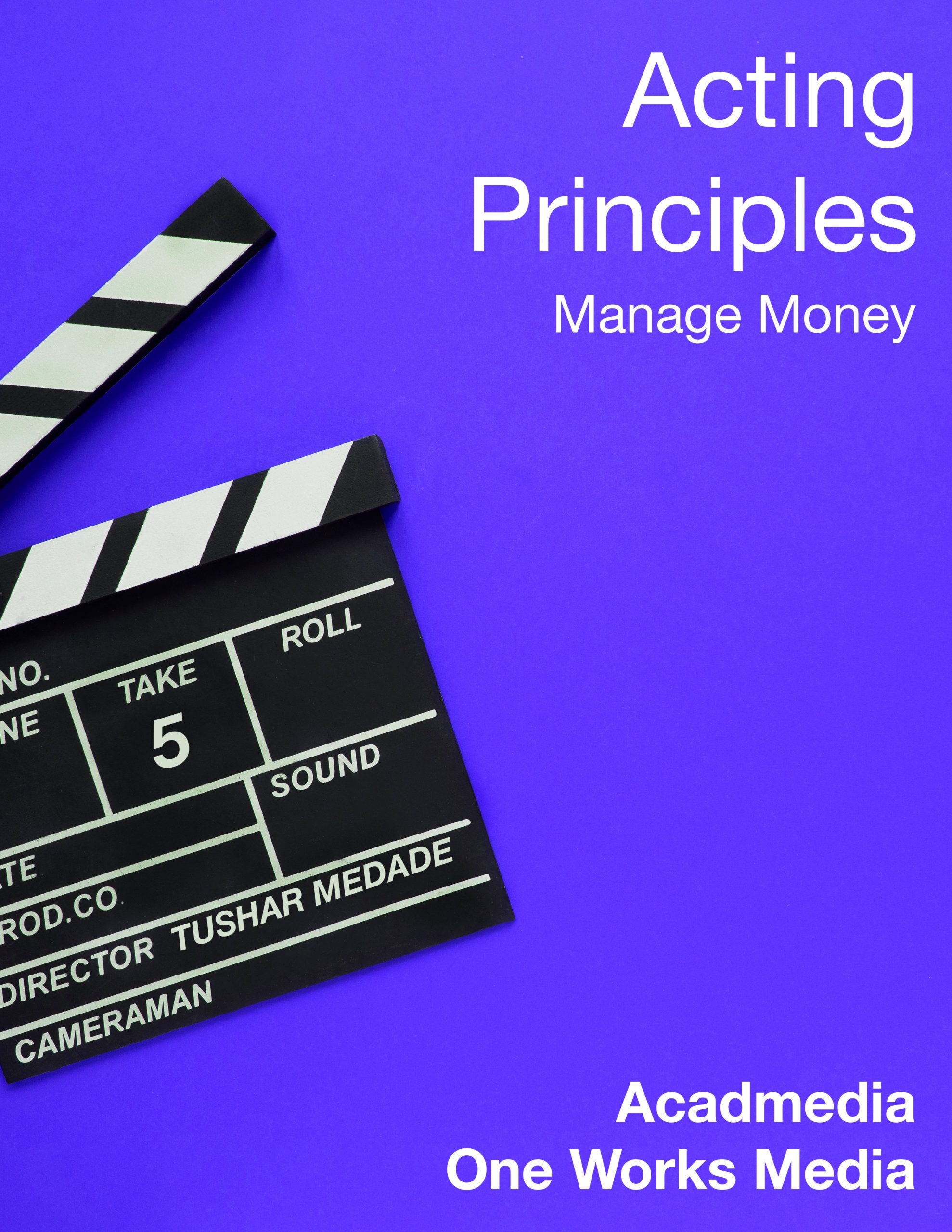pada tanggal
Car
car design
- Dapatkan link
- X
- Aplikasi Lainnya

Everything is dandy if you have a professional actor on the set, but what if you have amateurs or extras that need to fill out the scene? Supporting characters / talents, and even extras, add a real touch to your set. A background office worker working on his laptop, a young woman talking on her cell phone (in the background) on the street. They are all important, but often have no acting experience. So how do you give them a short intensive course of acting?
During filmmaking sessions, our producers always spend about 30 minutes with all their talents and show how they behave themselves during filming. When I call them “actions” or “cuts,” they will know what to expect. If you take the time to explain, even inexperienced people will get good results with film.
Here are some basic but useful rules for overseeing an actor / talent:
1) Don’t start until you say “action”
Many talents tend to go ahead of themselves, especially when they are tense, and start cuing before the camera spins. We always tell them to wait until the director says “action!”.
2) Do not stop until you say “cut”
I’ve experienced this often-a talent who thinks he’s done whatever he’s supposed to do during the take stops and looks for instructions. Tell them to keep happening naturally until the film director says “cut!”. I think it’s important to explain that the film director may want to shoot more scenes. Maybe he thinks the leading actor is doing a great job, or maybe he wants to extend the take for creative reasons. Whatever it is, talent must continue to act until they hear a “cut!”.
3) Don’t look at the camera!
Probably the most important of the four rules. We want the film to look as natural as possible. Talent should never look at a camera or a movie director. Some talents pause in the middle of their performance and look at the camera as if they were seeking approval. please do not!
4) This last rule is for new filmmakers.
You give the familiar signal:’Light! camera! action! ‘Don’t forget to wait for it. Have the lighting crew call back along the “Lights On!” Line. The photographer should shout “rolling”. The director calls it “Standby!” The clapperboard person (if available) calls the scene. “Stalker, Scene 25, Take 1!” Hit the clapperboard. Now it’s time to shout a very symbolic “action!”
Now you have some basic principles on how to direct an actor or talent. Don’t forget to be confident and get enough information. Actors (and the general public) tend to improve their performance when leaders know themselves. It’s definitely an advantage to take the time to learn the scene and be familiar with the equipment in the studio.
Compliment when the deadline comes, work well with other members of the team, and show respect. That way, you may be on your way to becoming a seasoned film director. all the best!
Komentar
Posting Komentar